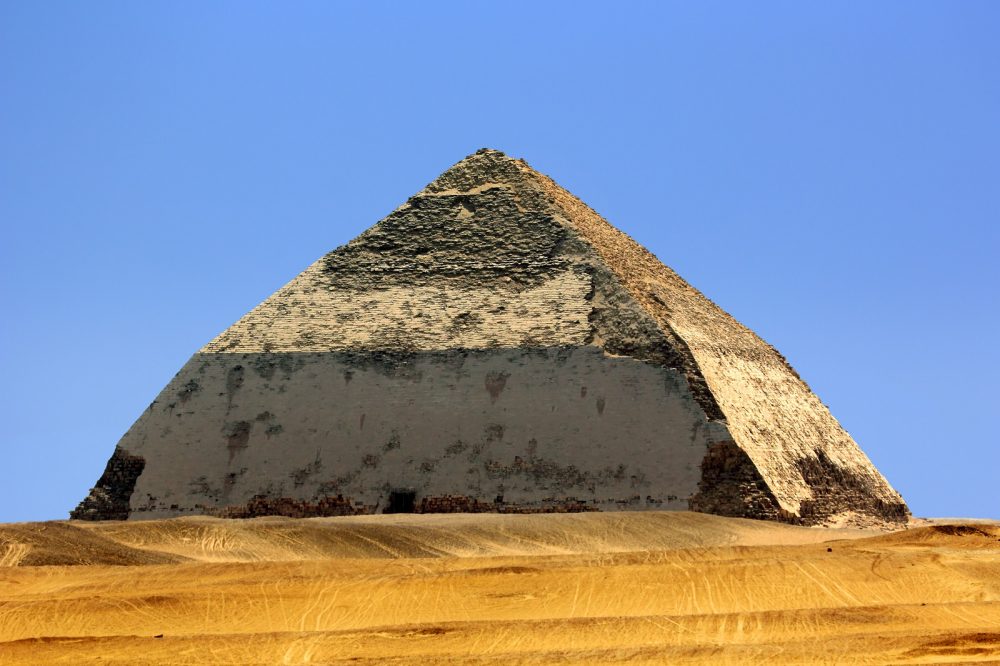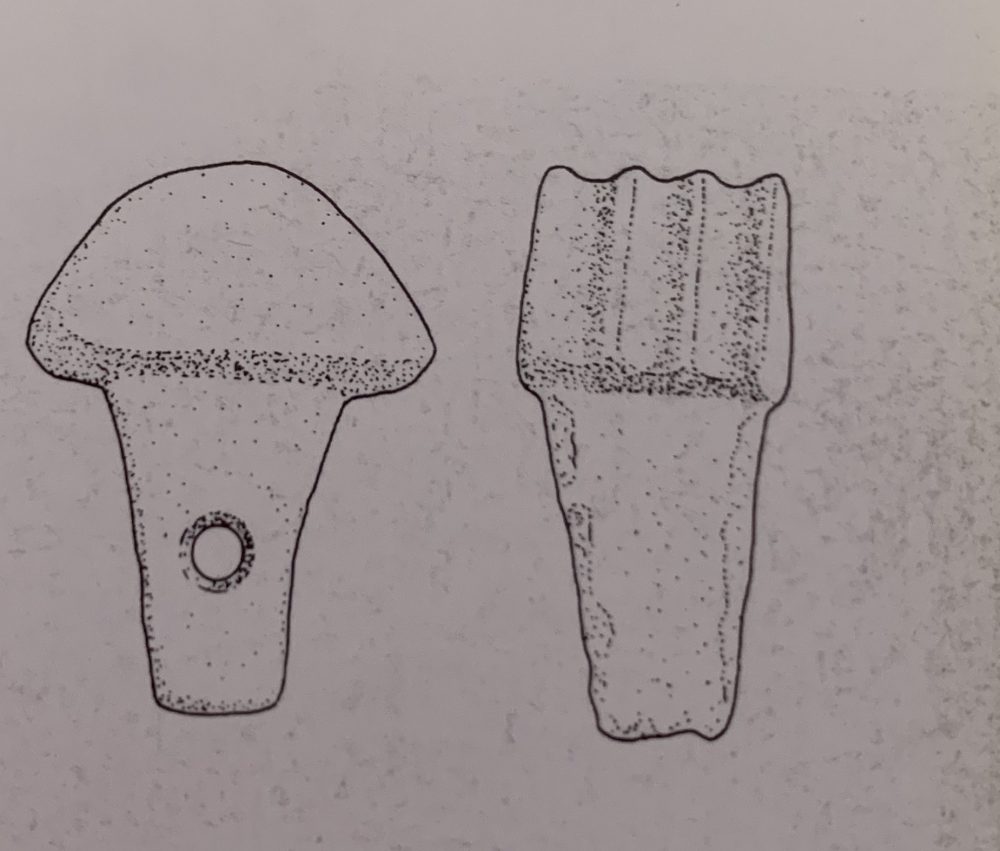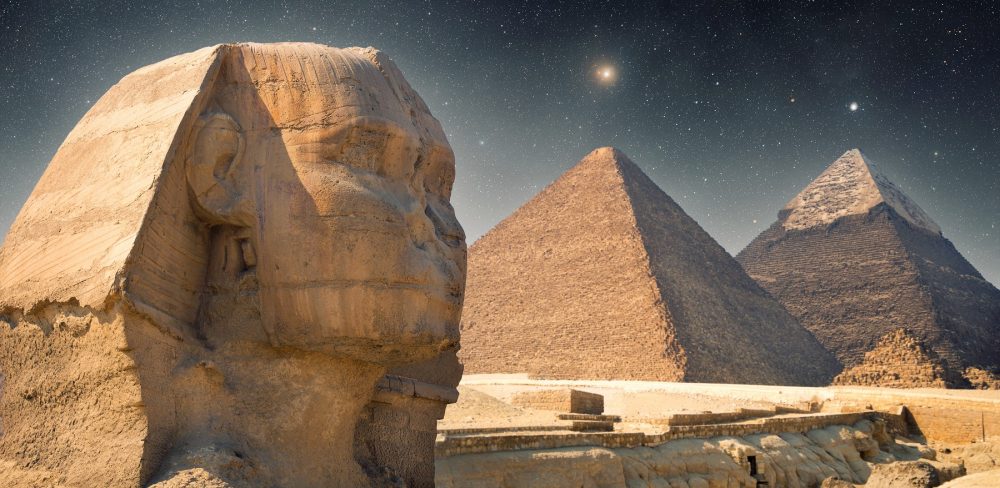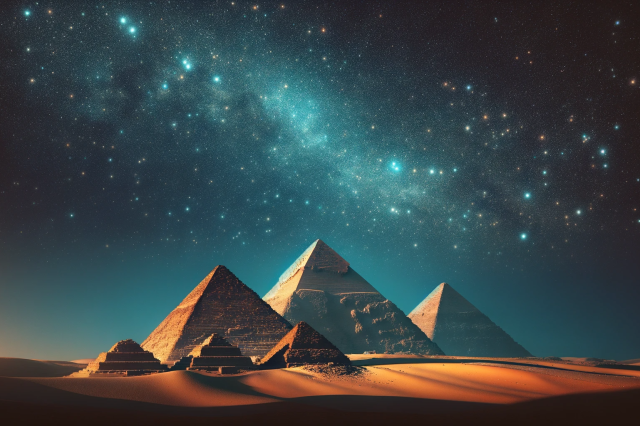Here's how the ancient pyramid builders may have used the stars in the night sky to precisely align the pyramids.
Like all technology, whether it is old or new, when it comes down to building the pyramids, we look at tools, techniques, and operations.
Although there isn’t one ancient text that details how the ancient Egyptians built the pyramids, Egyptologists are convinced they have figured out most of how it was achieved thousands of years ago using rather simple tools.
The first pyramid in Egypt is believed to have been the Step Pyramid of Djoser built at the royal Necropolis of Saqqara. Planned, designed, and eventually completed by Djoser’s royal architect Imhotep, the Step Pyramid appeared abruptly and suddenly in ancient Egyptian history.
It also marked a change in ancient Egyptian architecture, introducing different forms and shapes and much heavier materials when building monuments.
The Step Pyramid of Djoser is viewed as the earliest colossal stone building in Egypt and one of the earliest large-scale cut stone construction. However, the pyramids in Caral, South America, are contemporary.
Djoser’s pyramid, although surprising, didn’t last long in ancient Egypt in terms of similar structures being built. In fact, it wasn’t until Sneferu that Egypt was given another pyramid worthy of praise.

Although Sneferu is believed to have built three pyramids; one at Meidum and two at Dahshur, the Bent and Red Pyramid at Dahshur marked another revolutionary step in Egypt’s Pyramid building.
The Red Pyramid is widely recognized as the first successful smooth-sided pyramid in ancient Egyptian history and the structure that laid down the foundations for the construction of Egypt’s greatest and most impressive pyramid, the Great Pyramid of Giza, which is thought to have been built by Sneferu’s son and heir to the throne Khufu.
Khufu is thought to have commissioned his pyramid not long after taking the throne. He gave the project to his royal vizier and architect Hemiunu, the man who is believed to have overseen the entire construction process.
The Great Pyramid of Giza marked the peak of ancient pyramid building in Egypt. It was the most sophisticated, precise, accurately aligned pyramid Egypt had ever seen.
The Pyramid was so massive that it remained the tallest human-made structure on the planet’s surface for a period of more than 3,800 years.
Not one pyramid that followed the Great Pyramid would be built so tall and so massive. The Great Pyramid of Khufu is believed to have been built with more than 2.3 million stone blocks, with a total weight of around 6.5 million tons.
The only pyramid that resembles it, in some ways at least, is the pyramid of Khafre, thought to have been built by King Khafre’s successor.

The Wonders of the Great Pyramid
Of all the ancient Egyptian pyramids, the Great Pyramid is the most wondrous. It is not only because of its incredible height, total area, or precision but because of the countless mysteries surrounding its construction and design.
How the ancient Egyptians drilled and cut through stone as hard as granite and basalt remains one of the greatest archaeological questions Egyptologists are faced with when looking at the materials the pyramid is built of.
Although we still don’t know what type of tool, drill holes in granite showing unusual striations exist in numerous 4th and 5th dynasty monuments. This means that whatever was used to cut the material had to be as hard as the hardest of the mineral’s granite is made of–quartz.
Examples of a mysterious tool thought to date back to the Old Kingdom have perplexed Egyptologists for quite some time. The mushroom-shaped tool has one or two holes drilled through the stem, and three parallel grooves cut into the tools’ upper part.

While its exact function remains unclear, Egyptologists argue it may have been used as a bearing stone or a kind of proto-pulley with the stem inserted into a pole or scaffold where its grooves may have acted as guides for rope.
The tool, however, does not feature a rimmed wheel like that in a true pulley. Nonetheless, the direction of the pull was most likely controlled by running the ropes through the grooves.
Aligning the pyramids
The ancient Egyptian pyramids–especially the Great Pyramid at Giza–were intricately aligned. They did it with such incredible precision remains an enigma, but experts argue that the may have aligned the ancient monuments by looking at the stars.
This pyramid orientation is especially present during the Old Kingdom, when the builders achieved unparalleled precision when aligning the structures.
The greatest deviation of any of the four sides of the Great Pyramid of Giza is found to be under 3′ 26” of arc, less than 1/15 of 1 degree.
I.E.S. Edwards, a leading expert on the pyramids, has argued that this unparalleled precision may have been achieved by complex observations of the night sky involving ancient instruments.
The theory proposed by Edwards involved building a kind of astronomical observatory; a circular wall a few meters in diameter, just tall enough to exclude all but the night sky from the view of the observer inside it.
The wall would have acted as an artificial horizon, but it must have been constructed completely horizontal.
Edwards argued that this could have been achieved by using water inside of mud banks–artificial canals. The observer in the center of the circle facing north would select a star in the night sky and then mark its rising and setting points at the top of the wall.
These points marked by the observer would then be extended to the foot of the wall and joined at the center of the circle. North would be the bisection of the angle of the lines at the center.
However, the ancient Egyptians may also have aligned the pyramids using another technique: the sun.
The Sun sets in equal but opposite angles to the true north. Using this method, the ancient builders could have also accurately aligned their structures. Using a pole or gnomon, the builders would set it up using a plumb line to make it as vertical as possible.
Its shadow is measured around 3 hours before noon. Once measured, this line becomes the radius of a circle.
Eventually, and as the sun rises, the shadow shrinks back from the line and then lengthens in the afternoon.
As it reaches the circle again, it forms an angle with the morning’s line.
The bisection of this angle is true north and may have been a simple method by which the ancient builders achieved nearly impeccable alignment.
The sun method was most likely not as accurate as the method based on observations of the night sky and is considered to have been less consistent throughout the year, being more accurate during the solstices.
Join the discussion and participate in awesome giveaways in our mobile Telegram group. Join Curiosmos on Telegram Today. t.me/Curiosmos





